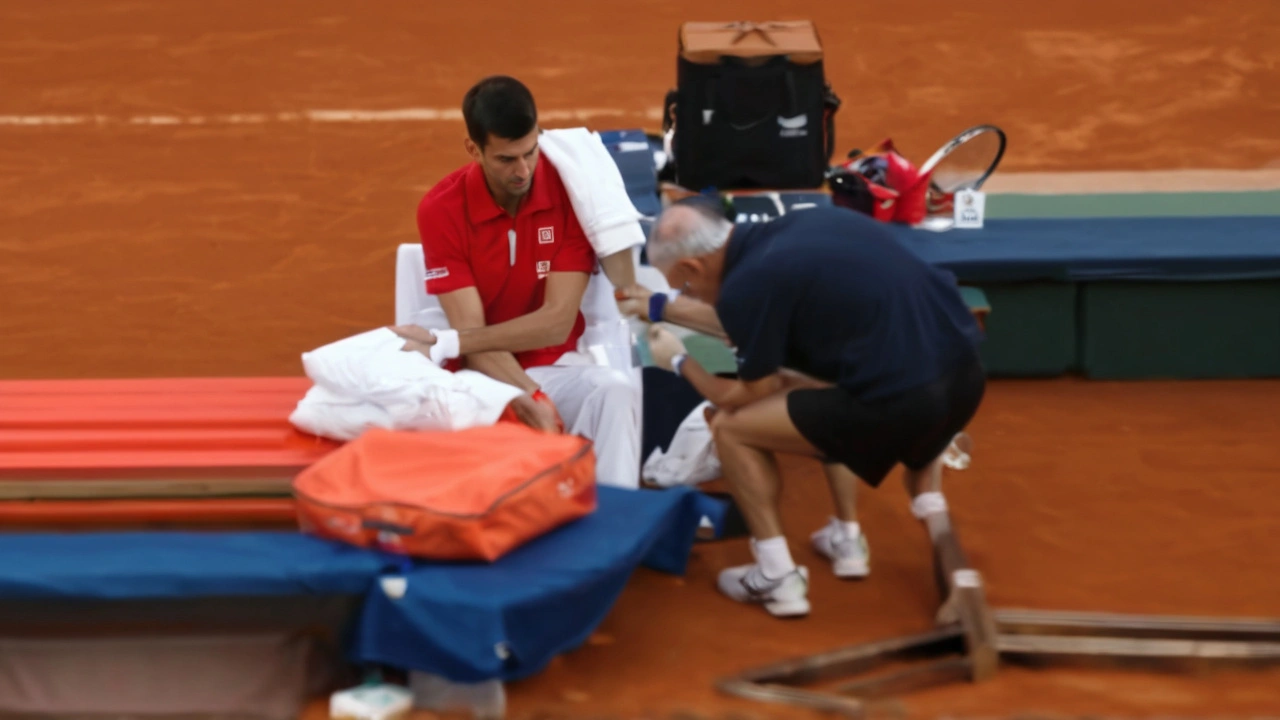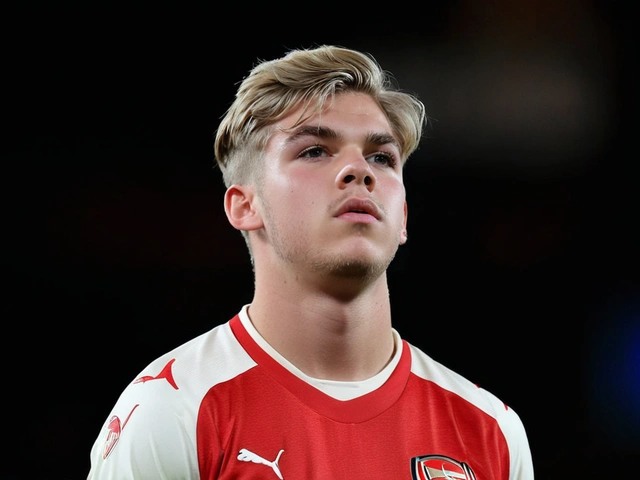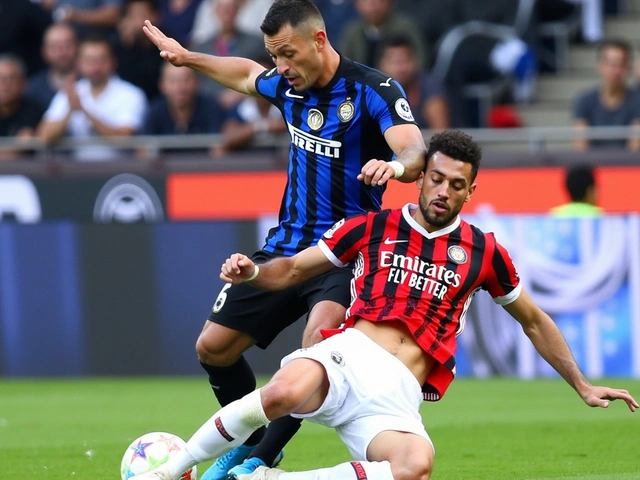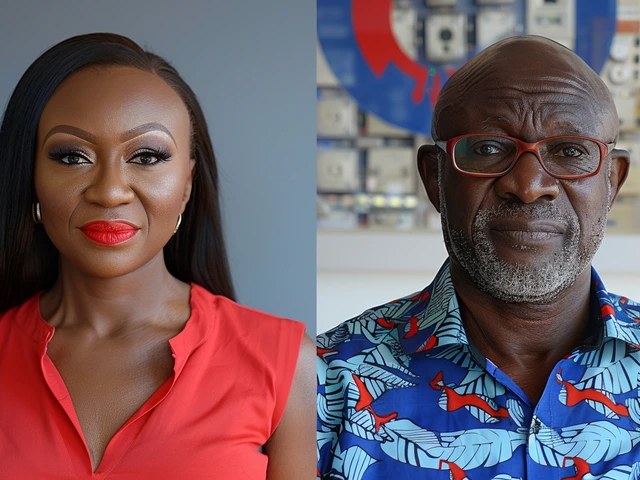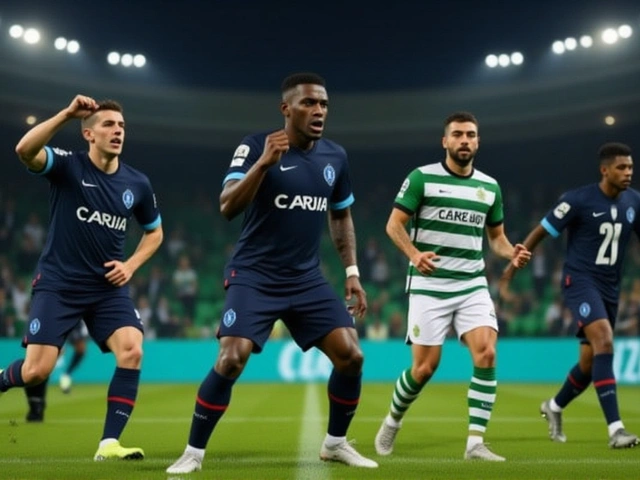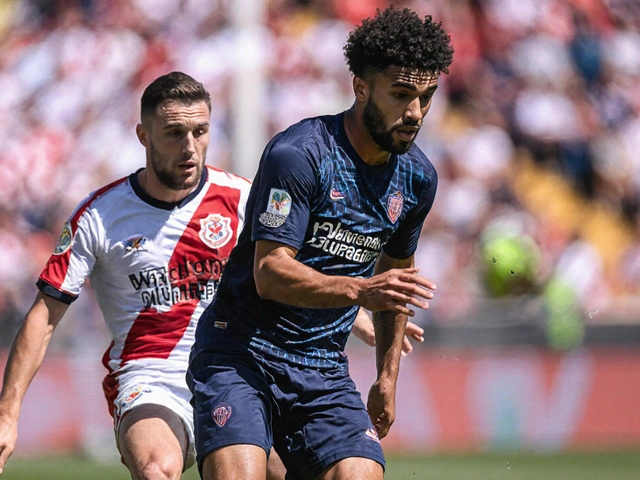Knee Injuries – What Athletes Face and How to Stay Safe
Whenever you hear about a football star missing a game because of a bad knee, you probably wonder what went wrong and how it could have been avoided. Knee injuries are a big deal in soccer, rugby, basketball and almost any sport that makes you run, turn or jump. On this page you’ll get a quick rundown of the most common knee problems, easy ways to lower the risk, and what to do if you end up on the sidelines.
Common Types of Knee Injuries in Sports
First up, the ACL tear. The anterior cruciate ligament stabilises the knee when you change direction quickly. A sudden twist or a hard landing can snap it, and the recovery often means surgery and months of rehab. Then there’s the MCL – the medial collateral ligament – which gets stretched when a hit comes from the side. It usually heals with rest and a brace, but a severe split still needs a doctor’s look.
Meniscus tears are another frequent complaint. The C‑shaped cartilage cushions the joint, and a twist while the foot is planted can rip it. Small tears might be treated with physio, while larger ones sometimes need arthroscopic surgery. Finally, the patellar tendon – the cord that connects the kneecap to the shinbone – can fray from over‑use, especially in athletes who do a lot of jumping. Tendinitis feels like a dull ache that gets worse with activity, and the best cure is a mix of ice, rest and gradual strengthening.
Quick Tips to Prevent and Recover
Want to stop a knee injury before it starts? Warm‑up properly. Spend at least ten minutes on light jogging, dynamic stretches (leg swings, hip circles) and mobility drills. Strong hips and core muscles take pressure off the knee, so add squats, lunges and glute bridges to your routine two or three times a week.
If you’re already nursing a sore knee, don’t push through the pain. Use the RICE method – Rest, Ice, Compression, Elevation – for the first 48 hours. After the swelling goes down, start gentle range‑of‑motion exercises like heel slides and quad sets. A physiotherapist can guide you through sport‑specific drills that rebuild confidence without overloading the joint.
Nutrition also matters. Protein helps repair tissue, while omega‑3 fatty acids found in fish or nuts can cut inflammation. Staying hydrated keeps the cartilage lubricated, which means smoother movement during training.
Keeping track of the latest news can give you a heads‑up on how top players handle knee problems. On our site you’ll find articles about recent ACL tears, rehab stories from Premier League clubs and expert analysis on how to get back on the pitch faster. Use those insights to shape your own recovery plan.
Bottom line: most knee injuries come from a mix of sudden stress and weak supporting muscles. By warming up, strengthening the right areas and listening to your body, you dramatically lower the odds of a major setback. And if you do get hurt, early care and a structured rehab program get you back in action sooner.
Check out the posts tagged “knee injuries” for real‑world examples, player updates and deeper advice on treatment options. Stay informed, stay active, and keep those knees in good shape.
Novak Djokovic's Knee Concerns Cast Doubt on Olympic Participation
Serbian tennis superstar Novak Djokovic has expressed serious concerns about his knee health ahead of the Los Angeles Olympics. His ongoing knee issues have affected his recent performances and cast a shadow over his participation in this prestigious event. As a national symbol of pride, Djokovic's potential absence from the Olympics is a major point of concern for fans and his country.
View More
